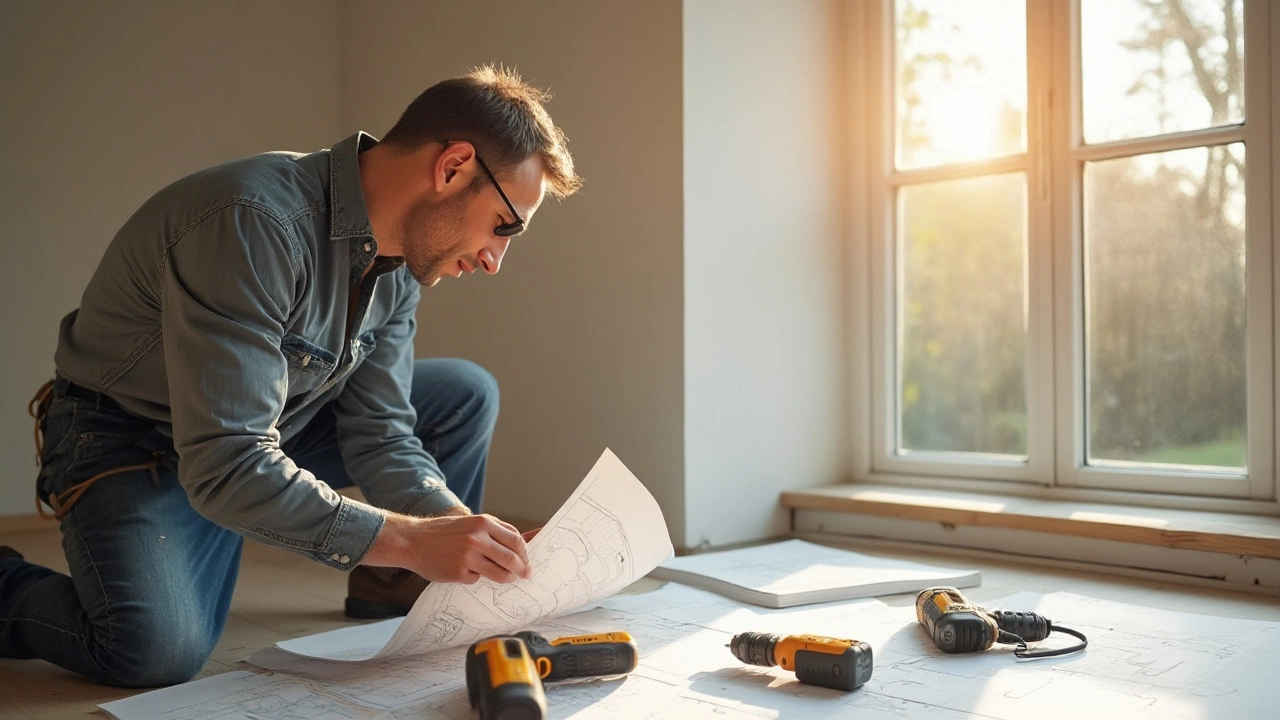Safety Tips Every Homeowner Should Know Before Starting Plumbing or Construction Work
Starting a repair or a remodel is exciting, but the last thing you want is an accident that stalls the project. The good news is that staying safe is mostly about good habits and a few simple steps. Below are the most useful safety pointers you can apply right now, whether you’re fixing a leak, laying a new floor, or tackling a bigger renovation.
Gear Up: Personal Protective Equipment (PPE) Is Non‑Negotiable
It’s easy to skip gloves or goggles when you’re in a hurry, but a simple slip can turn a small task into a serious injury. Wear safety glasses to shield your eyes from flying debris, especially when drilling or cutting. Gloves protect your hands from sharp edges, hot pipes, and chemicals like sealants. If you’re working in a confined space or around dust, a dust mask or respirator is a must. Even a sturdy pair of work boots with slip‑resistant soles can prevent falls on wet floors.
Know the Basics: Shut Off Utilities and Test Before You Begin
Before you touch any pipe or wall, turn off the water supply at the main valve. Open a faucet to bleed any remaining pressure; a sudden burst can cause burns or flooding. If you’re dealing with electricity—say, installing a new light near a bathroom—flip the breaker for that circuit. Double‑check that the power is really off with a voltage tester. These quick checks keep you from nasty surprises that could cost time and money.
When you’re working on a ladder, make sure it’s on a stable surface and that the base is secured. Follow the three‑point rule: two hands and one foot, or two feet and one hand, are always in contact with the ladder. If you feel the ladder wobble, step down and reposition it—don’t try to balance yourself on a shaky rung.
Ventilation matters, too. Cutting concrete or sanding drywall creates fine dust that can irritate lungs. Open windows, use fans, or wear a proper respirator. If you’re using chemical cleaners or adhesives, read the label for ventilation requirements and wear the recommended gloves.
Another often‑overlooked hazard is mold. If you spot black spots or a musty smell, stop work and address the mold before proceeding. Mold spores can cause health problems, especially for people with allergies. Use a mask rated for allergens and keep the area sealed off while you clean.
For foundation work—like checking cracks or repairing a slab—make sure the area is well lit and that you have a spotter if you’re lifting heavy items. Use a level to confirm that any new concrete is poured evenly; uneven surfaces can create tripping hazards later.
When you’re cutting or grinding metal, always use the proper blade and keep your hands clear of the cutting path. A blade that’s dull or the wrong type can shatter, sending shards everywhere. Keep a fire extinguisher nearby, especially if you’re welding or using flammable adhesives.
Finally, keep a clean workspace. Tools left on the floor become trip hazards, and spilled water or oil can cause slips. Store tools in a toolbox or on a sturdy workbench when you’re not using them. A tidy site helps you stay focused and reduces the chance of accidental injuries.
Remember, safety isn’t a one‑time checklist; it’s a habit you build with every project. By taking a few minutes to gear up, shut off utilities, ventilate properly, and keep your site tidy, you protect yourself, your family, and your budget. Ready to start your next project? Follow these tips and you’ll finish faster, cleaner, and without the hassle of an avoidable accident.

